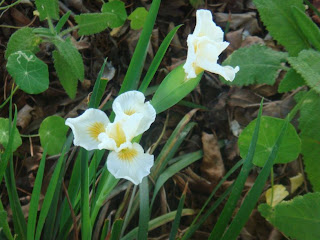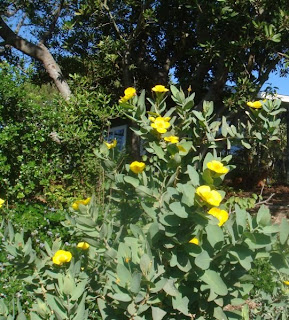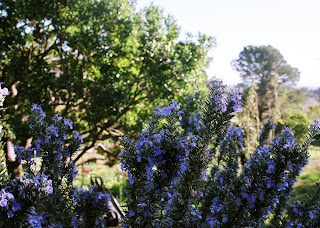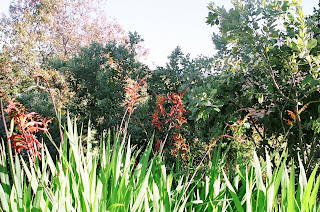It has been a great spring and the roses have never looked better. The blooms were big and bountiful. But now the first show is over and the next step is important if you want a good repeat bloom. We want the roses to perform all summer. For this we need to set up a routine of feeding every four to six weeks. Working the fertilizer into the soil and top dressing with a mulch to help keep the sensitive surface roots cool as we move into warmer weather. If your roses are on a drip, be sure to hand water the fertilizer in with a good deep soak. And remember to always pre-water the day before you feed. Never feed a dry plant! Roses are not fussy about what you use to feed them. They just need to be fed on a regular schedule with a good balanced diet. I prefer organic methods, which nourish the soil and allow the rose to become stronger with all the nutrients available in the soil.
As for pruning and deadheading, this is where you can determine the height, size and shape of your bush. You always want to prune to an outward facing leaf that is pointing in the direction that you want the next stem to grow. The reason for pruning to an outward bud is to direct the growth away from the center of the bush, which will improve air circulation and prevent canes from growing into each other. When you have decided how low you want to prune, look for the first leaf that has five leaflets. Make your cut at a 45 degree angle, slanting down and away from the emerging bud eye and about 1/4″ above the leaf axle.
If you are working on a hybrid tea rose, they bloom on a single stem, so it is pretty straightforward. With a floribunda, the flower is on a stem in a group of three or more buds. They bloom in succession, one after the other. With this type of rose, you can nip off each flower as it fades, or wait until the whole stem blooms out. Then remove them all at once. Also keep in mind that it is not a good idea to put your clippings into the compost pile. Disease and insects can survive and re-infect. And there is nothing like coming in contact with a rose thorn that didn’t quite compost down. So bag and toss your trimmings into the green waste can.
The main thing to keep in mind is that roses are very forgiving. What mistakes you might make are not going to hurt your rose. They will survive and bloom anyway. If you don’t deadhead, your rose will look messy and stall before blooming again. The process of pruning away the spent blooms triggers a response in the bush to re-bloom faster. So by pruning and feeding regularly, you should have another round of beautiful blossoms in a few weeks to share with your friends and neighbors.








